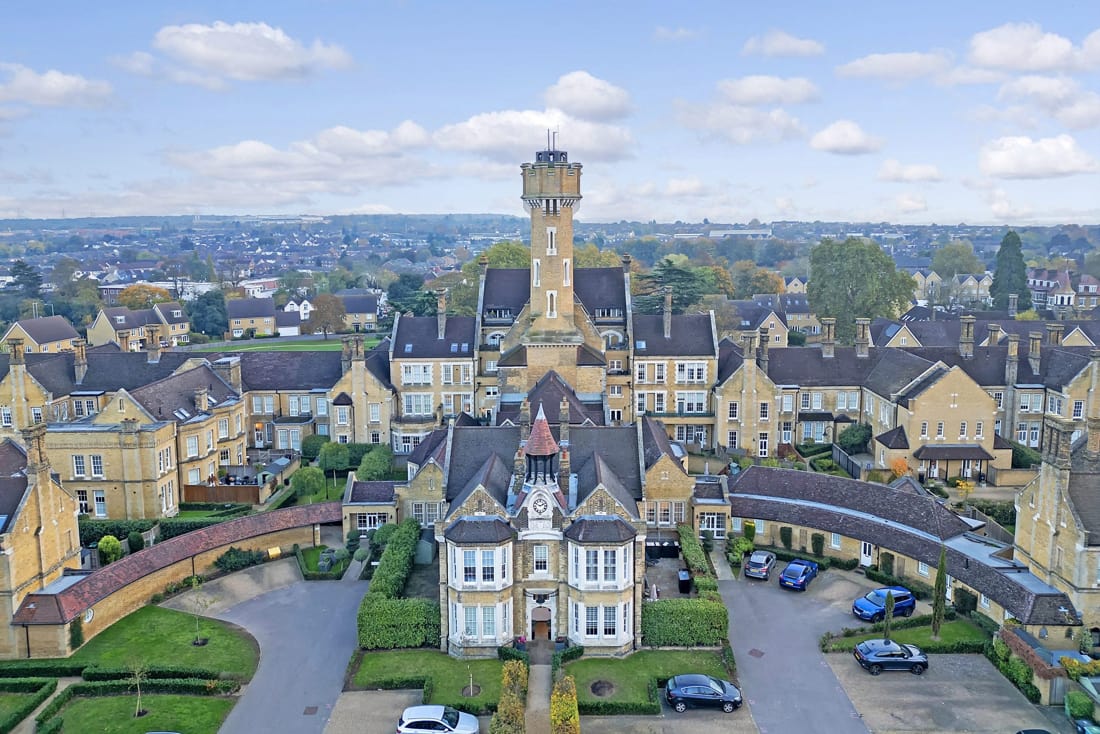Dartford Stone Flat Conversion: Unlocking Potential in Historic Kent
Nestled within the Borough of Dartford in Kent, Stone is a village that blends historical character with emerging urban dynamism. In recent years, one of the most compelling architectural and real estate trends in the area has been the conversion of traditional houses into contemporary flats. This development—known locally and in the planning sector as Dartford Stone Flat Conversion—is reshaping how residents live, invest, and engage with this semi-rural yet increasingly connected community.
Why Stone, Dartford?
Stone is strategically situated between Dartford town centre and Greenhithe, offering convenient access to major transport links such as the A2, M25, and Ebbsfleet International Station. It also benefits from the proximity to Bluewater Shopping Centre, one of Europe’s largest retail complexes, while retaining the rustic charm of Kentish living.
The demand for diverse and affordable housing has surged, especially among young professionals, first-time buyers, and downsizers. The area’s older properties—many with generous plots and underutilised internal layouts—make ideal candidates for flat conversions.
What is a Flat Conversion?
A flat conversion involves dividing a single residential dwelling, typically a large house or detached property, into two or more self-contained flats. This process transforms one freehold property into multiple leasehold units, each with its own kitchen, bathroom, and entrance (where feasible).
In Stone, flat conversions are often applied to:
- Large Victorian or Edwardian houses
- 1960s-1980s detached or semi-detached homes
- Former commercial buildings or vacant upper floors of shops
Planning Permission in Dartford: What You Need to Know
Undertaking a flat conversion in Dartford Stone requires careful navigation of the Dartford Borough Council’s planning regulations. Most conversions do not fall under permitted development rights and will need full planning permission.
Key planning considerations include:
- Impact on character: Stone has pockets of heritage architecture. Alterations to façades or external additions are scrutinised.
- Amenity space: Each flat must have adequate light, ventilation, and in some cases, outdoor space or balconies.
- Parking provision: Off-street parking is often a requirement, especially in less connected parts of Stone.
- Waste and recycling storage: Adequate facilities must be incorporated into the design.
- Soundproofing and fire safety: Essential under Building Regulations.
Building Regulations and Structural Engineering
In addition to planning permission, a Dartford Stone flat conversion will require Building Regulations approval. This ensures the works meet modern safety, energy, and accessibility standards.
Common requirements include:
- Upgraded fire-rated walls, floors, and doors
- Separate heating and electrical systems per unit
- Sound insulation testing
- Enhanced structural supports if internal walls are removed or altered
- Compliance with Part M for accessible entrances (in some cases)
Engaging a structural engineer early in the process is advisable, particularly if you intend to:
- Knock down load-bearing walls
- Add staircases
- Extend into lofts or basements
Benefits of Flat Conversion in Stone
1. Higher Rental Yield
A converted property in Dartford Stone can offer significantly higher returns than a single-let house, especially if divided into two or three well-designed units.
2. Increasing Housing Supply
Flat conversions help meet local housing demand without the need for extensive new builds. This aligns with Kent’s sustainability and urban density policies.
3. Appealing to a Growing Demographic
Young professionals working in London or nearby business parks value affordable, well-connected flats. Older residents may also prefer single-floor living options.
4. Unlocking Capital
Homeowners with large properties can convert their homes to create rental income or sell off individual units.
Challenges and Pitfalls to Avoid
While the benefits are attractive, flat conversion projects come with risks:
- Underestimating costs: Structural works, utilities, and regulatory compliance can quickly add up.
- Planning refusal: Dartford Council may reject poorly designed or over-intensified proposals.
- Leasehold management: If you retain ownership of multiple units, setting up proper lease agreements and service charges is crucial.
- Market saturation: While demand is high, the area must not become oversupplied with small flats, which can depress values.
Case Study: The Stone House Split
A recent successful conversion involved a 5-bedroom detached home near London Road in Stone, which was transformed into three high-spec flats—two 2-bedroom units and one studio. By retaining the original brick façade and carefully designing separate entrances, the developers met both aesthetic and planning requirements. The project took 9 months and added over 40% to the property’s overall value.
Conclusion: Is It Right for You?
Dartford Stone flat conversions offer a compelling opportunity for investors, developers, and homeowners alike. Whether you are unlocking hidden value in your existing property or entering the buy-to-let market, this trend offers real, tangible benefits—if done with due diligence.
As Stone continues to bridge the gap between Kentish charm and London convenience, smart, sustainable housing solutions like flat conversions will remain a vital part of its evolving landscape.



No responses yet